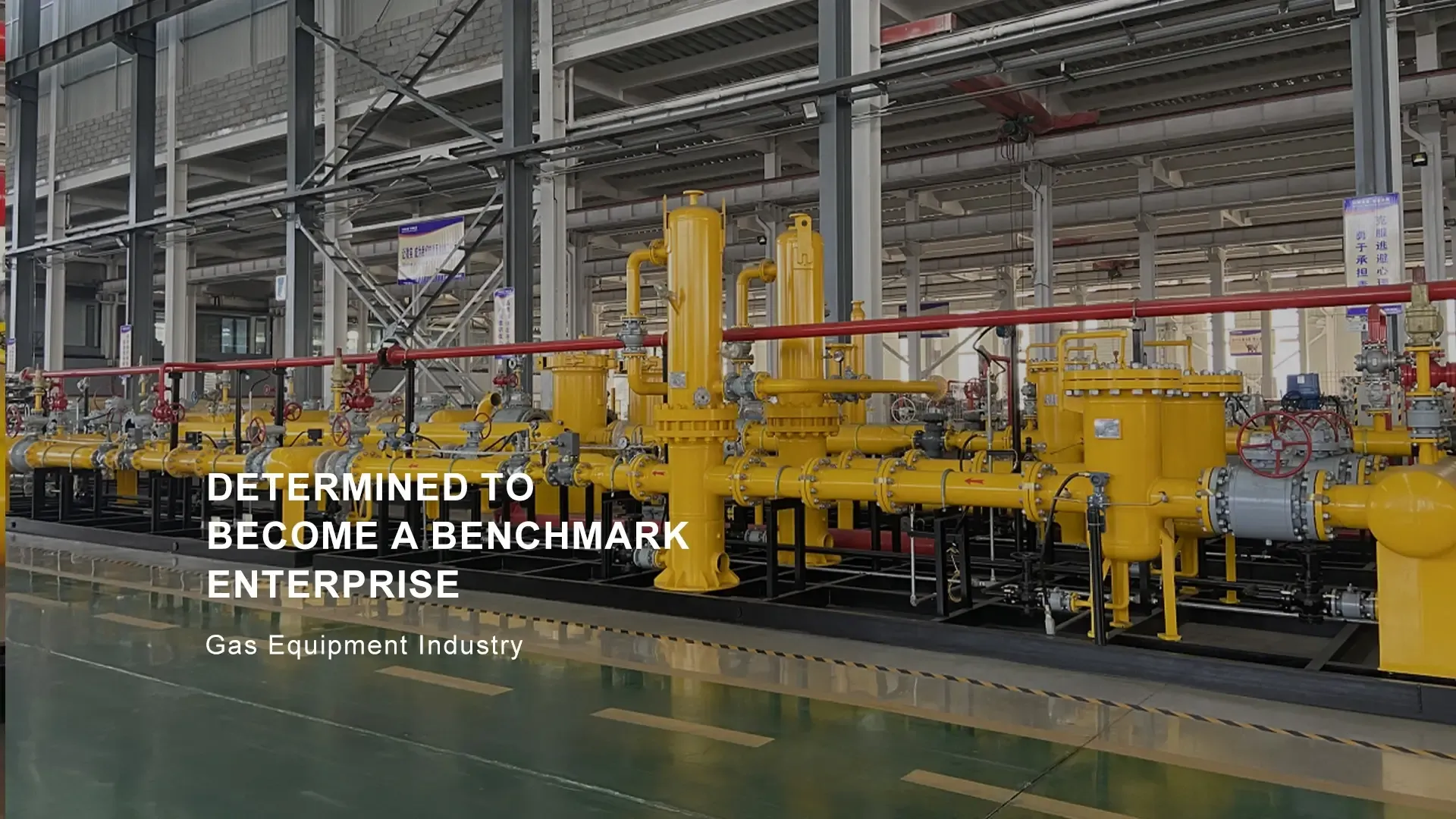
Dec . 04, 2024 16:23
Back to list
Exploring the Latest Innovations in Gasification Technology and Equipment Solutions
Gasification Equipment Transforming Waste into Energy
Gasification is an innovative process that converts organic or fossil-based materials into carbon monoxide, hydrogen, and carbon dioxide through high-temperature reactions in an oxygen-limited environment. This technology has gained significant attention as a sustainable solution for waste management and energy production. The gasification process helps reduce waste volume while generating synthetic gas (syngas) that can be utilized for electricity generation, fuel production, and various chemical processes.
Overview of Gasification Equipment
The core of any gasification system is its gasification equipment, which typically comprises several components designed to facilitate the conversion of feedstock into syngas
. Here are the main elements of gasification equipment1. Feedstock Preparation Unit The first step in the gasification process is the preparation of feedstock, which can vary from biomass, municipal solid waste, coal, or plastics. This unit may include shredders, grinders, and dryers to ensure that the material is of the appropriate size and moisture content for optimal gasification.
2. Gasifier The gasifier is the heart of the gasification setup. It is a high-temperature reactor where the feedstock undergoes a series of thermal reactions in the presence of a limited amount of oxygen. There are several types of gasifiers, including fixed-bed, fluidized bed, and entrained flow gasifiers, each suited for specific applications and feedstock types. The choice of gasifier hinges on factors like feedstock characteristics, desired syngas quality, and operational efficiency.
3. Syngas Cooling and Cleaning System Once the gasifier produces syngas, it usually contains contaminants such as tar, particulate matter, and sulfur compounds. To make it suitable for further use, cooling and cleaning systems are essential. This may involve heat exchangers to lower the temperature of syngas and various filtration or scrubbing technologies to remove impurities. A well-designed cleaning system significantly enhances the quality and utility of the produced syngas.
gasification equipment

4. Gas Conditioning and Conditioning Units After purification, the syngas may require conditioning to adjust its composition for specific applications. This might involve processes like water-gas shift reactions to increase hydrogen content or methanation for natural gas production.
5. Energy Recovery Systems Gasification equipment often includes systems for recovering energy from the process. This can involve heat recovery steam generators that capture excess heat for steam production, which can then be harnessed for electricity generation or heating purposes.
6. Control and Monitoring Systems Given the complexity of gasification processes, advanced control and monitoring systems are necessary to ensure operational efficiency and safety. These systems facilitate real-time data collection, enabling operators to adjust parameters to optimize performance, prevent malfunctions, and ensure regulatory compliance.
Applications of Gasification Equipment
The applications of gasification technology are diverse. Syngas produced from gasification can be used to generate electricity in gas turbines or internal combustion engines. Furthermore, it serves as a critical feedstock for producing chemicals, fertilizers, and even liquid fuels through processes such as Fischer-Tropsch synthesis. The technology also holds promise for waste-to-energy applications, significantly reducing landfill use while providing a renewable source of energy.
Conclusion
Gasification equipment stands at the forefront of sustainable waste management and energy production. By transforming various types of feedstock into valuable syngas, this technology not only addresses waste disposal challenges but also contributes to the development of cleaner energy alternatives. As awareness of environmental issues and the need for sustainable practices grow, the role of gasification equipment in the energy landscape is likely to expand, offering innovative solutions for a circular economy. Investing in and advancing gasification technology can pave the way for a cleaner, more sustainable future, making it a crucial area of focus for industry stakeholders, researchers, and policymakers alike.
Latest news
-
Safety Valve Spring-Loaded Design Overpressure ProtectionNewsJul.25,2025
-
Precision Voltage Regulator AC5 Accuracy Grade PerformanceNewsJul.25,2025
-
Natural Gas Pressure Regulating Skid Industrial Pipeline ApplicationsNewsJul.25,2025
-
Natural Gas Filter Stainless Steel Mesh Element DesignNewsJul.25,2025
-
Gas Pressure Regulator Valve Direct-Acting Spring-Loaded DesignNewsJul.25,2025
-
Decompression Equipment Multi-Stage Heat Exchange System DesignNewsJul.25,2025

